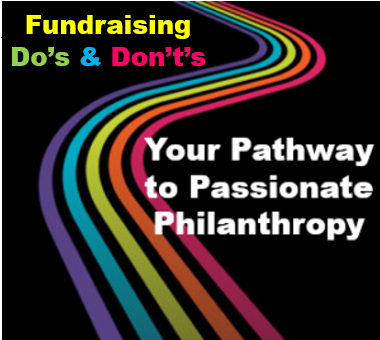Fundraising Do’s vs. Don’ts: Monthly Donor Appeal Strategy
 Here comes my occasional “Do’s vs. Don’ts” feature, where I share with you something arriving in my mailbox that seems a good ‘teaching opportunity.’
Here comes my occasional “Do’s vs. Don’ts” feature, where I share with you something arriving in my mailbox that seems a good ‘teaching opportunity.’
Today we’re going to review a monthly donor campaign strategy.
It arrived as an email. There’s (1) a subject line, (2) the email itself, and (3) what happens if/when you click through and are transported to the donation landing page.
We’ll take a look at the various elements; then assess what works/doesn’t work.
I’ll ask you some questions.
- Would you open this email?
- If yes, why?
- If no, why?
- What looks good about the email?
- What looks not so good about the email?
- Would it inspire you to click through?
- If yes, why?
- If no, why not?
- Once you click through, would you be inspired to take action?
- If yes, why?
- If no, why not?
First, I’d like you to think about your answers and jot them down.
Second, I’ll tell you what I think.
Third, if you disagree with me please let me know in the comments below.
Really take the time to notice what you like and don’t like.
I promise you’ll learn a LOT more this way. We learn best by doing.
Seriously, I mean it.
Let’s begin at the beginning.
Subject Headline
Claire, here’s a simple way to do your part to repair the world.
This may help: Take three minutes and jot down your answers to the first three questions on a piece of paper or your screen. I want to know if what was in the subject headline would have caused you to open the email or hit ‘delete.’
Okay. Ready to learn what I think thus far, and also see what else we’re working with?
Let’s begin!

 In
In 
 I confess this is something I struggled with in my 30 years as a manager.
I confess this is something I struggled with in my 30 years as a manager.





 Money left on the table is one of my pet peeves. It’s really beyond a peeve.
Money left on the table is one of my pet peeves. It’s really beyond a peeve.